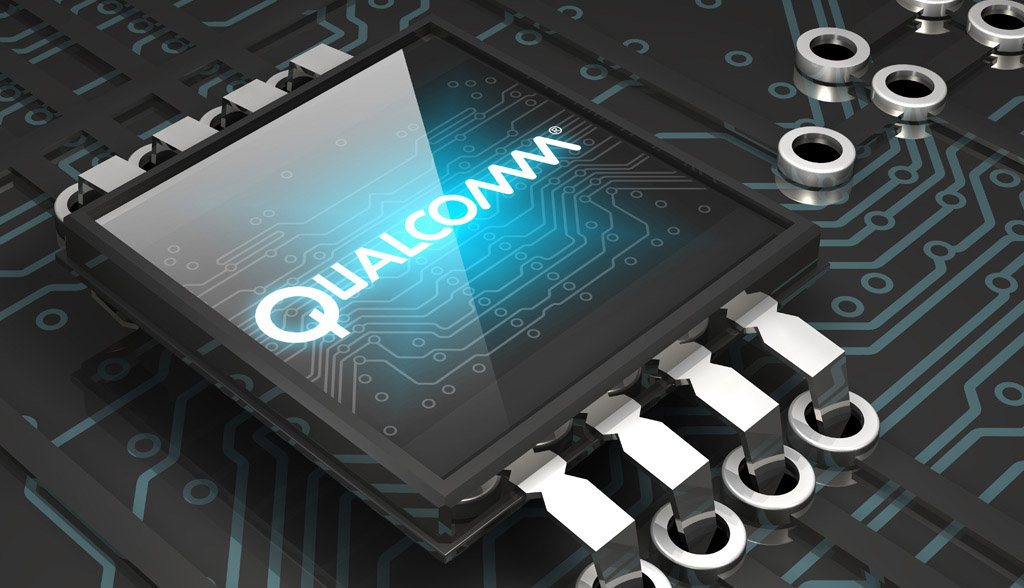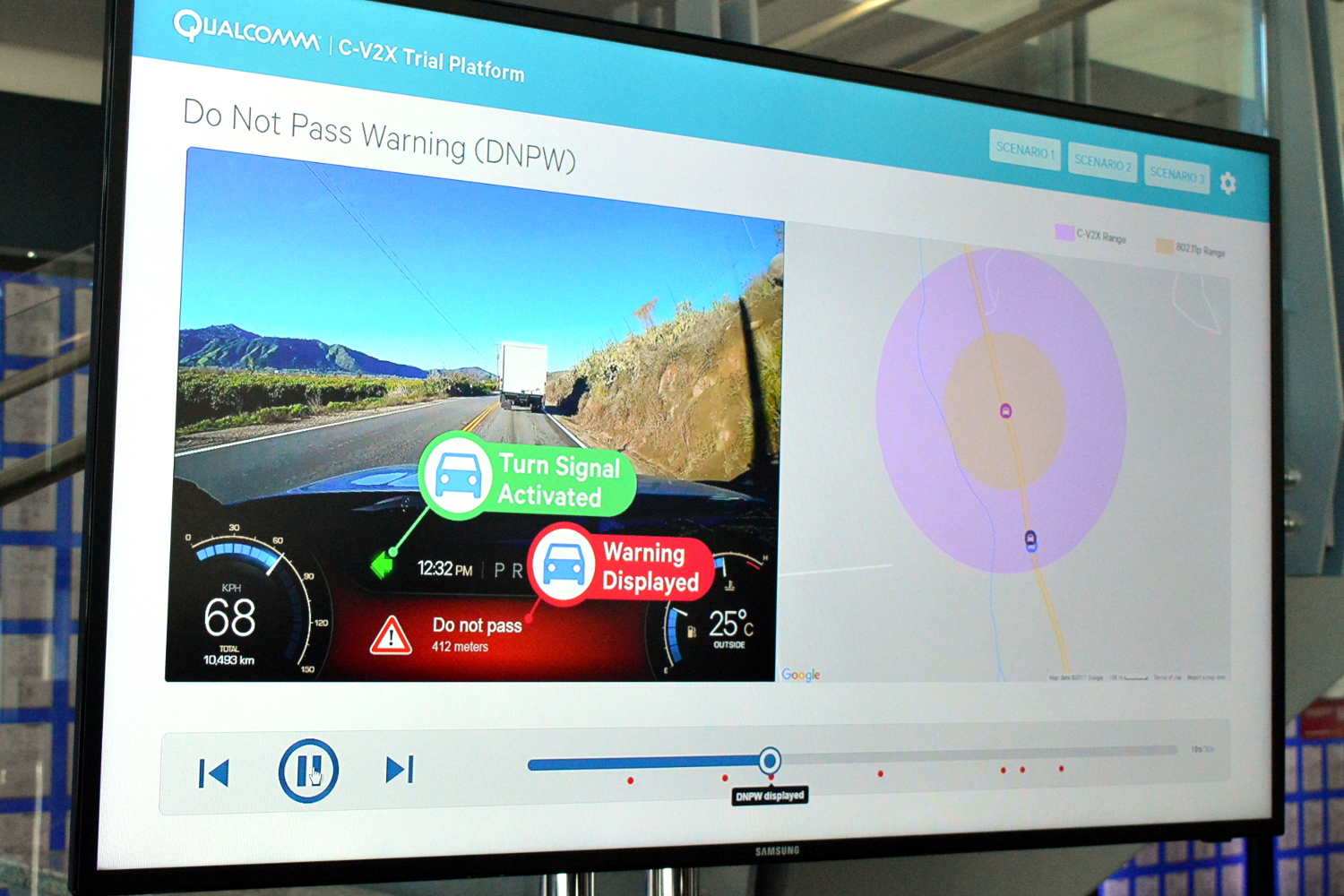
Talk about 5G has been ramping up the past few years now, with bold claims about a nationwide rollout by 2020. That target date is increasingly likely — especially since carriers have promised to start deploying their 5G networks starting late 2018. Qualcomm, one could argue, is at the forefront of the 5G rollout. While not every electronics manufacturer uses Qualcomm’s processors, a staggering number of smartphone manufacturers do, and the company has extensive partnerships with car manufacturers and carriers around the world, and more. Qualcomm is undeniably a major player in the 5G world.
One year ago, we attended Qualcomm’s annual 5G Day and learned of its grand plans for what 5G should look like. At 2018’s 5G Day, some of its plans have started rolling out, starting with a new LTE modem.
The tech is here
The technology that will be used in the initial rollout of 5G is already here. In October, Qualcomm unveiled the X50 modem as the first chip capable of connecting to the millimeter waves used in

But before speeding toward 5G — there are still many improvements to be made with LTE and Wi-Fi technologies. Carriers in the U.S. have started rolling out gigabit LTE connections over the past year, and that super-fast 4G LTE connection is set to play a huge role in connectivity as a whole for
Enter Qualcomm’s newest modem: The Snapdragon X24 LTE, which is the company’s most extensive LTE modem yet, capable of connecting to a wide range of bands. It’s the first chip to use the seven-nanometer process, which gives it a smaller footprint and lets it draw less power for the same performance, and it is also capable of super-fast gigabit LTE connections up to two gigabits per second. It’s up to the carriers to offer those kinds of speeds.
Qualcomm said the X24 will likely be its last LTE-specific modem. In other words, its next-gen modems will be led by the successor to the X50, and will connect to the waves used in 5G networks, as well as all the previous network generations. Currently, the X50 modem does not have backward compatibility, which is why devices that use it still need an LTE-capable modem.
While 5G modems are available to manufacturers, it may still be a year or so before we see the X50 in a handset. Qualcomm’s manufacturing partners have committed to launching a phone with the X50 in 2019 — so while carriers begin rolling out their
So what?
Who doesn’t want a faster internet connection? In case you’re questioning the point of these gigabit speeds, well, it’s not really about you.
In your day-to-day life in 2018, you’re never going to achieve gigabit connections when you’re out and about. You’re not going to be the only one connecting to a network, so with higher speeds, there is simply more bandwidth to go around. That means there is a chance to get speeds of hundreds of megabits per second. That is more than enough to stream videos in 4K, stream virtual reality content, or simply download a large file quickly.

And you also should consider the fact that 5G isn’t meant to simply be a faster network for your phone. It’s about growing ecosystems. The Internet of Things is only getting bigger and more expansive. Our homes are becoming increasingly connected, as are our cars. Car connectivity is actually a great example of the potential that faster networks could unlock. Qualcomm envisions a future when every car is connected and self-driving. In a modern, human-driven car, when you want to make a lane change, you turn on your indicator before making any moves. In a connected, self-driving car, you won’t even need indicators. Your car will simply tell other cars around you it’s about to make a lane change. Ultimately, this will create safer roads and a more efficient driving experience. Cars can even communicate with other things around them. Traffic lights, for example, could change how they act based on how much traffic is flowing in any given direction.
Ultimately, there are so many opportunities for 5G to change up the tech landscape.
Hold tight for more promises
The takeaway from all this? Hold tight. Yes, you’re still going to hear about how 5G is coming for the next two years. Just because carriers start rolling their networks out this year, doesn’t mean you will experience it. Hopefully, Qualcomm, its partners, and the carriers deliver on their admirable 2020 target.
The same rings true for devices with the new X24 LTE modem. Qualcomm hasn’t announced a timeline of when we will see it in devices, which means at the moment, you have to sit tight with your current network speeds.
Editors' Recommendations
- This tiny dongle will change 5G connectivity forever
- Qualcomm’s Snapdragon X35 will bring 5G to your next smartwatch
- Qualcomm’s latest 5G modem brings standalone mmWave, improved Sub-6 speeds to phones
- Qualcomm’s Snapdragon X70 modem pushes 5G to new heights
- Apple works with TSMC on its own 5G modems to complete breakup with Qualcomm


